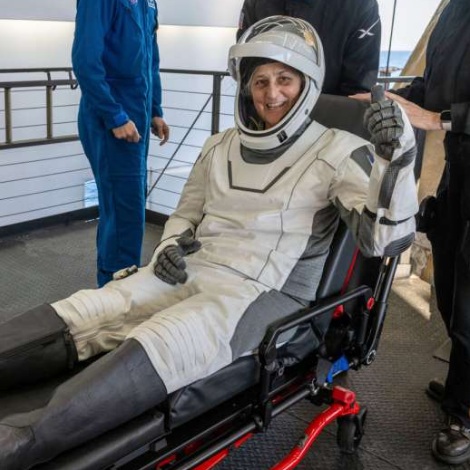
After an extended stay in space, U.S. astronauts Suni Williams and Butch Wilmore were expected to return to Earth on a scheduled date. However, their homecoming was unexpectedly delayed, leaving many to wonder what caused the holdup.
According to sources within NASA, the delay was due to a combination of factors, including inclement weather conditions and technical issues with the spacecraft. The space agency had initially planned for the astronauts to land in Kazakhstan, but severe weather conditions in the region made it impossible for the spacecraft to touch down safely.
Furthermore, the spacecraft, a Russian Soyuz capsule, experienced technical difficulties with its propulsion system, which further complicated the return journey. The issue was detected during a routine inspection, and NASA engineers worked closely with their Russian counterparts to resolve the problem.
Despite the challenges, the astronauts remained safe and healthy throughout their extended stay in space. Williams and Wilmore had been conducting scientific experiments and performing routine maintenance tasks on the International Space Station (ISS) since their arrival several months prior.
The delay did not disrupt the ISS’s operations, as the astronauts continued to work on their scheduled tasks. However, it did cause some logistical challenges for NASA, as the agency had to adjust its plans for the astronauts’ return and subsequent rehabilitation.
Once the technical issues were resolved, the spacecraft successfully landed in Kazakhstan, and the astronauts were greeted by a team of NASA officials and medical professionals. After a thorough medical checkup, Williams and Wilmore were flown back to the United States, where they underwent a period of rehabilitation to readjust to Earth’s gravity.
The delayed return of the U.S. astronauts highlights the complexities and challenges involved in space travel. Despite the setbacks, NASA’s commitment to the safety of its astronauts and the success of its missions remains unwavering. The agency continues to push the boundaries of space exploration, and the experiences of Williams and Wilmore will undoubtedly contribute to the development of future space missions.





